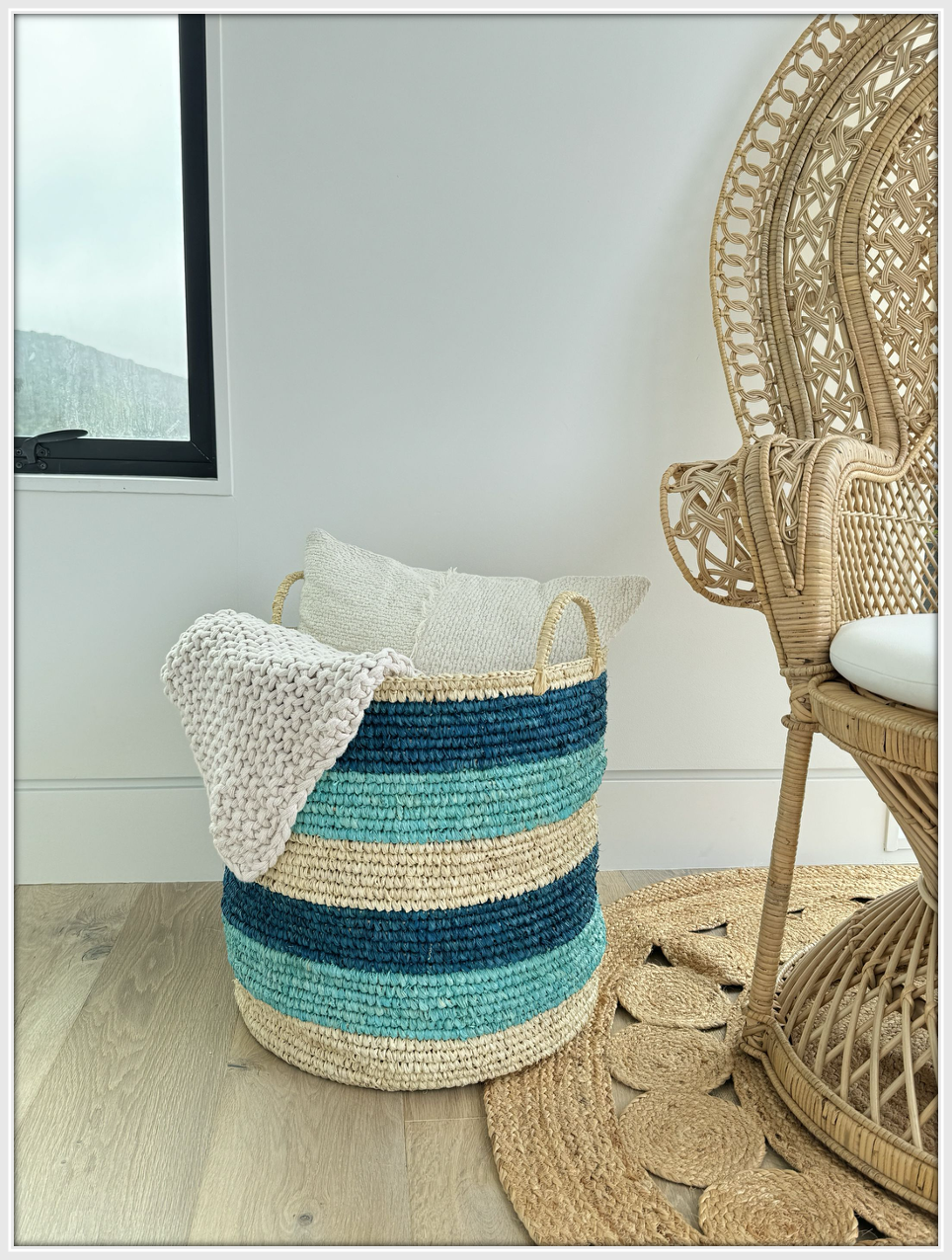All Discounted Items are Final Sale

The elegant and sophisticated chandelier we presently admire in grand foyers of hotels, upscale restaurants and homes of the rich and famous had it’s humble beginning in the 14th century as two wood beams forming a cross with a spike at the end of each to hold a candle.
It wasn’t until the late 1700’s when William Parker began designing exquisite chandeliers that they became grand status symbols for the English. Heavy taxation on glass and candles in the 18th century meant only the truly wealthy could afford them. Not only were the candles expensive but also it was said that George IV needed to employ 30 men to keep the candles lit for just one party. The light of the fireplace and individual tallow candles made from animal fat lighted the rest of their life.
Prior to this time in the Georgian era, entertaining was done mostly during the day. The introduction of the chandelier brought social change and the ability to show off your wealth by lighting your home led to the fashion of evening entertainment.
As new forms of power in the form of gas and electricity became available these simple wood and candle designs were elevated to a new standard. With the improvement of materials and production techniques over time, the nature of the chandelier morphed from practical to decorative and a symbol of the prosperous upper classes.
Ranging from the original wood to metal, crystal and glass, chandeliers quickly evolved into art and symbols of status – not only by their presence, but by their design and intricacy as well. Glassmakers, artisans and designers have continued to explore the many techniques and endless possibilities with only the limitations of their own mind.
A more modern twist on the chandelier of old is our ever-popular Capiz Seashell Chandelier, which share their name with a province on one of the Western islands of the Philippines. Capiz is a marine mollusk with the scientific name “Placuna Placenta” living in shallow coastal waters. Locally it is also called the “glass oyster” due to its shell being thin and transparent. Once harvested, the shell is cleaned, cut to a desired size and shape, and then stained if required. This is a time consuming manual process requiring patience and skill, as the shells are quite brittle.
The shells unique texture and appearance has made it very popular with designers for home décor…finding its way into bathrooms, bedrooms, hallways and dining rooms through lighting fixtures. We even found one die-hard enthusiast who placed a small and elegant Capiz chandelier in an updated 1960’s Airstream trailer! It just goes to show there are no limits to the versatility of the Capiz Shell Chandelier.

Hiltl Restaurant in Zurich, Switzerland ~ Innovation Vegetarian Cuisine
Our Capiz Shell Chandelier looks wonderful whether the light is on or off. With the beach-like ambiance and beautiful light diffusion that radiates naturally from these refreshing chandeliers, don’t be surprised if you are instantly transported to images of a beachside resort.
A wind’s gentle breeze will make the Capiz chandelier’s shells produce a sound that is soothing and calms your mind with just its mild rhythmic movement. Let your creativity and imagination sore as you consider the perfect spot for your own home!

Discover 15+ rattan decor ideas for 2026 from Kouboo. Explore fresh styles, natural textures, and inspiring ways to refresh the vibes in your home.

Explore 10+ beach house gift ideas from Kouboo - elegant coastal décor and accessories made for relaxed, beachside living.

Discover 10+ budget-friendly fall decor ideas to give your home a warm, cozy vibe. From DIY accents to affordable finds, bring autumn charm into every room without overspending.